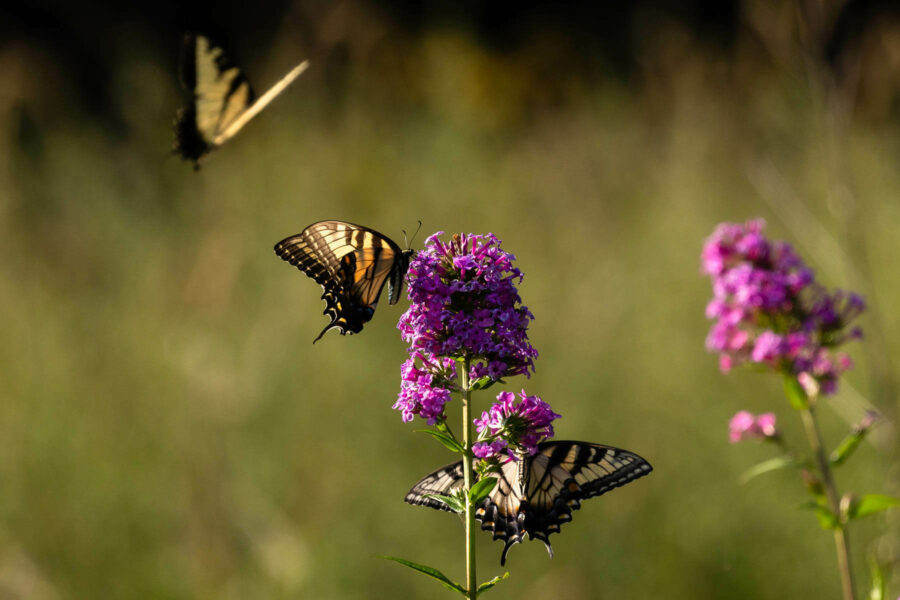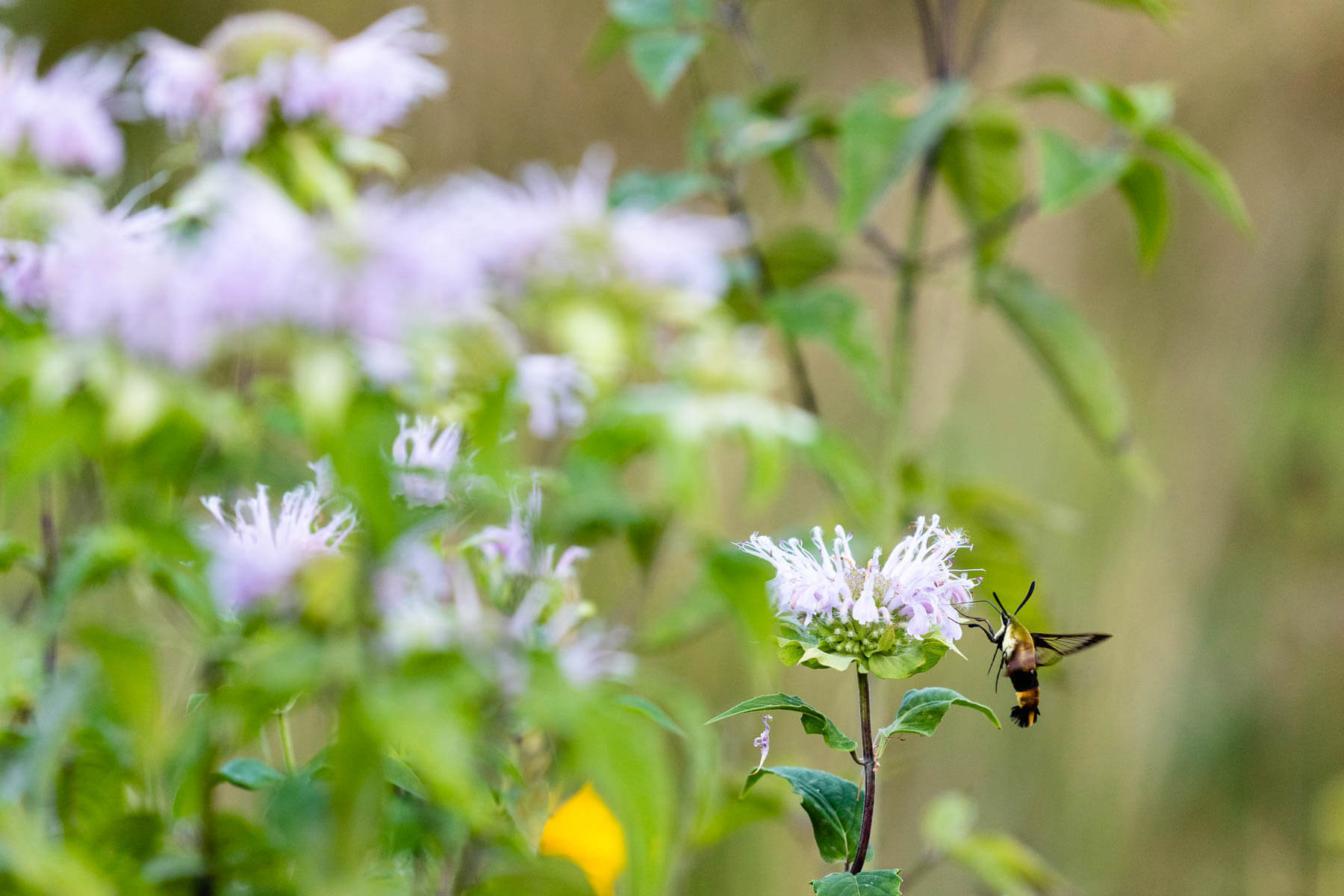Pennsylvania makes strides to protect its pollinators

Pollinator populations in the United States and throughout the world are in decline. Research shows that nearly one in four native bee species is imperiled and at increasing risk of extinction, while other pollinators such as butterflies, moths, beetles and various birds face similar threats.
These losses compromise food security and ecosystems for both humans and animals alike. Nationwide, more than 100 crops and approximately 80-95% of plant species found in natural habitats require animal induced pollination. Threats to pollinators include the loss, degradation and fragmentation of vital habitats, as well as the widespread and improper use of fertilizers from cities, farms and people’s backyards.
Pennsylvania’s pollinators
With one of the most diverse agricultural and pollinator dependent economies in the U.S., Pennsylvania is one of the leading states in the Chesapeake Bay watershed to connect scientific research on pollinators to landscape design and community engagement. The state supports hundreds of pollinator species that live in a variety of geographic locations, from forests and farms, and wetlands to cities.

Researchers put pollinator science on display
To report the most up-to-date information on Pennsylvania’s pollinators and provide the best practices and resources to help protect and expand their habitat, Penn State’s Center for Pollinator Research, along with the help of various stakeholders and organizations, created the Pennsylvania Pollinator Protection Plan (P4).
One project that is putting the research included in P4 into action is the Pollinator and Bird Garden at the Arboretum at Penn State, estimated to be complete by 2021. The Pollinator and Bird Garden will include four-acres of unique gardens, including research gardens, food gardens and gardens for diverse pollinators where the insects can be observed and studied. With the Arboretum, the purpose will be to educate and engage the public, including homeowners, farmers, municipal and corporate leaders, on how to choose pollinator-friendly plants that are best suited for each individual’s circumstance and environment.
Dr. Harland Patch, assistant research professor and director of pollinator programming at the Penn State Arboretum, notes that expanding the public’s contribution to pollinator protection and expansion efforts is essential, but people need to be informed on the many ways in which they can help first.
“We have realized that not every gardener wants a wild meadow in their yard, to maintain those is actually very hard and challenging.” states Patch. “So, this arboretum will show different gardens all the way from if you have a New York style terrace where you are gardening with just pots, to what a meadow landscape looks like and how its organized.”
Creating lawn care converts
In a recent initiative to protect Pennsylvania’s pollinators, the Alliance for the Chesapeake Bay partnered with the Commonwealth of Pennsylvania to create a lawn and turf conversion program that would mitigate habitat loss, fertilizer usage and pollution runoff. Eventually, the program will collaborate with private landowners to convert 10,000 acres of excessive turf and grass coverage into meadows, forests and other pollinator-friendly environments.
Cindy Adams Dunn, Secretary of the Pennsylvania Department of Conservation and Natural Resources stated, “Converting lawns to new forests or native meadows is a great way for homeowners, corporate campuses, and other owners of large turf-grass areas to do their part to contribute to restoration and conservation efforts.”
.jpg)
Pollinators enjoy parks too
Organizations such as the Lancaster Conservancy have also taken steps to protect and preserve the watershed’s natural resources while promoting pollinator habitats.
In Kellys Run Nature Preserve in Lancaster County, Pa., the conservancy restored a previously abandoned park with turf and asphalt into a large meadow aptly dubbed Pollinator Park. Among the hiking trails and old growth forest of Kellys Run, this pollinator paradise now supports an array of nectar and pollen-rich flowers abuzz with native bees, nonnative honeybees and monarch butterflies. The park is one of many that exist throughout the state, from the Schuylkill River Greenway in Pottstown, Pa. to a whole pollinator garden network in Centre County.
Want to know more about how you can help protect pollinator species at home? Check out our How Tos, Tips and Tricks page to learn how to build your own butterfly garden and for other ways to help!

Comments
There are no comments.
Thank you!
Your comment has been received. Before it can be published, the comment will be reviewed by our team to ensure it adheres with our rules of engagement.
Back to recent stories